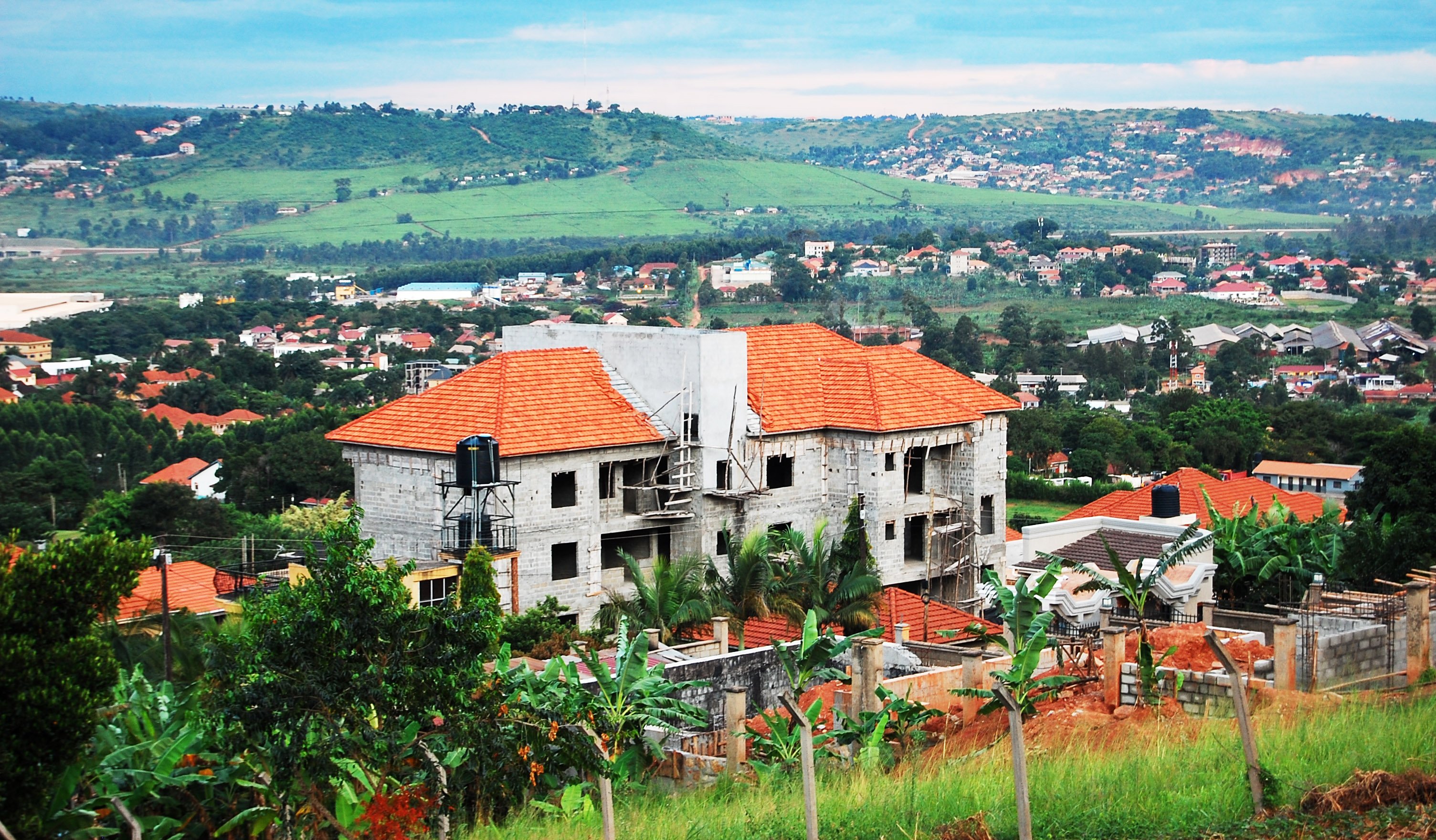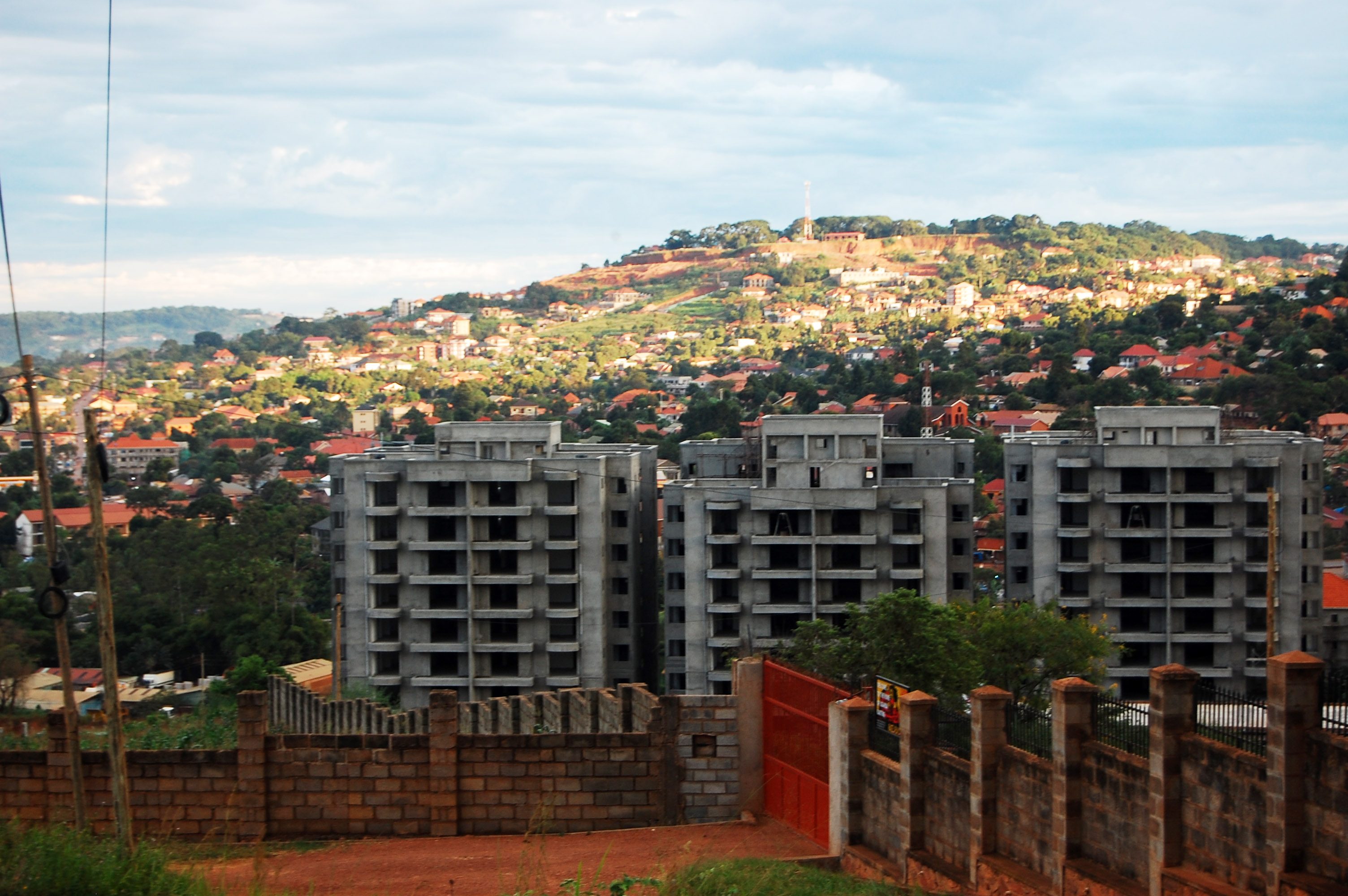Prime
Status of Uganda’s digital land registry system ten years later

The digitalisation of the Uganda Land Registry is helpful for property owners who want to access bank loans, since all their information can be easily verified by the bank online. PHOTOs/TONY MUSHOBOROZI
What you need to know:
- In 2013, after almost 113 years since the creation of the Uganda Land Registry, the government of Uganda started adopting a digital format of land registry needs.
In 2013, after almost 113 years since the creation of the Uganda Land Registry, the government of Uganda started adopting a digital format of land registry needs.
By the time of the roll out, only 20 percent of the entire land in the country was officially registered and known by the land registry.
As part of the transition, the ministry of lands closed for more than three months, between December 2012 and March 2013, to enable the installation of the new system.
All land registry transactions were put on hold until the infrastructure had been set up.
A French mapping company called IGN-France International was contracted to develop a digital registration system.
The new system was built by digitising manual data records at the Lands Ministry to create a Land Information System.
The aim was to increase transparency and minimise the occurrence of fraud in land transactions.
The new Land Information System would be the cornerstone of Uganda’s land administration reform.
A digitised registry that had been manual since its inception in 1908.
This push to modernize the complex procedures that govern land ownership in Uganda was part of the World Bank’s Competitiveness and Enterprise Development Project and financed it to the tune of $100 million.
The digitisation of a century’s worth of land titles and maps and systems involved building a whole new computerised infrastructure with capacity to store and decimate land records in an easy, secure and transparent way.
The government undertook the process of documenting all information about land, where it was located, the owners and what activities and physical infrastructures that were on it.
The information gathered was then verified stored in digital format. All this was aimed at replacing the manual system of accessing land registry services.
The then minister of Lands, Housing and Urban Development, Daudi Migereko said the digital format, would retrieve the lands records in a timely manner, just a click away.
“So, ideally, this will enable easy access to land titles since everything will be on the system and it can be accessed at any point in the country,” he noted
14 days to 10 minutes
When the new land registry infrastructure was completed ten years ago, it was announced that the process of registering a land title would be simplified for the benefit of the common person.
Christopher Burke, an official at IGN-France International, the French company that was hired to build the digital infrastructure, said the system would cut the processing time for a land title from 14 days to 10 minutes.

You can get a map showing your plot from your mobile device. PHOTOs/TONY MUSHOBOROZI
He also added that land owners who wished to get loans would find it easy to convince banks because all information would be available on the ministry of lands website, ready to be accessed by everybody transparently.
Status today
Ten years later, however, the picture at the Ugandan land registry does not seem to have changed much according to industry practitioners.
The system does seem to work well in trials but remains ineffective in practice according to industry players.
Personal experience
Innocent Arinawe is a real estate professional. Every week, his work rotates around helping his clients to chase land documents in the different Lands Offices in and around Kampala.
He says that from his five-year experience, the only part of the process that takes place online is simply downloading the different forms off the internet and nothing more.
“For instance, if you have bought land and you want to transfer the title to your names, the first thing you do is log into the Ministry of Lands website where you download a land transfer form and two land consent forms. Beyond downloading different forms, everything else is still done manually,” he says.
Testing it out
When the world bank tested it out in Masaka around ten years ago, Justine Namayanja was one of the thousands that came for help.
She had heard the announcement several times on radio, calling people to try the new system out at a World Bank Open Day Bazaar.
She reluctantly decided to come and try the new system, thinking it would be as hectic as the old system.
The World Bank officials at the Open Day Bazaar helped her find her titles using the new Land Information System that same day.
Namayanja went back home a happy woman.
Procedure
After the sales agreement has been signed, the land transfer form and the consent form, both downloaded from the Lands Ministry and printed, are also signed by both the buyer and the seller.
The land consent form is used to declare your property with URA, which then gives you a declaration instrument, all of which is done manually.
The declaration form, which you present to the government valuer is also done manually.
The government valuer determines the value of the land, manually signs on the consent form after which you pay 1.5 percent of the value of the land value.
That is if the value is more than Shs10m..
It is after this process that one takes the papers, manually, to the right ministry zonal office for the land title transfer to happen.
The whole process takes two weeks to complete but can go up to a month depending on different factors.
“We are supposed to have gone digital with land registration but so far, all I have encountered show that 99 percent of the process is still done manually,” Arinawe says.
Ten years after the launch of the digital system, it still officially takes two weeks to register a title.
From the information on ground, not a single person has been able to get a title through an online process.
What is stopping the digital infrastructure from working well?
According to the Ministry of Lands, Housing and Urban Development, the reason why the digital system has not yet performed at full throttle has everything to do with the law.
The ministry spokesperson, Denis Obbo says that there are only a few processes that can be accessed online by the public, namely:
•You can download forms but you cannot upload them after signing them
•You can do a search online and pay using mobile money
•You can get a map showing your plot
•You can also check the status of your transaction
“While the infrastructure is fully operational, all the processes and procedures are not yet accessible to the public because the 1930 Land Act does not provide for online transactions.
The law needs to be changed. We hope that it will be changed this financial year because the Regulatory Impact Assessment (RIA) has already been done and the law has been lined up as one of the laws to be amended this financial year,” Obbo says.
Whose fault is it that an online platform was built at a hefty sum without an enabling law to guide its use?
Why has it taken ten years after launch for the government to start thinking of amending the law to regulate it?
Obbo says while the digital land registry is not yet performing at the expected level externally, internally all processes between departments and the different zonal offices are done online.
“It is the legal hurdles that are stopping the full roll out of the process,” Obbo says.




